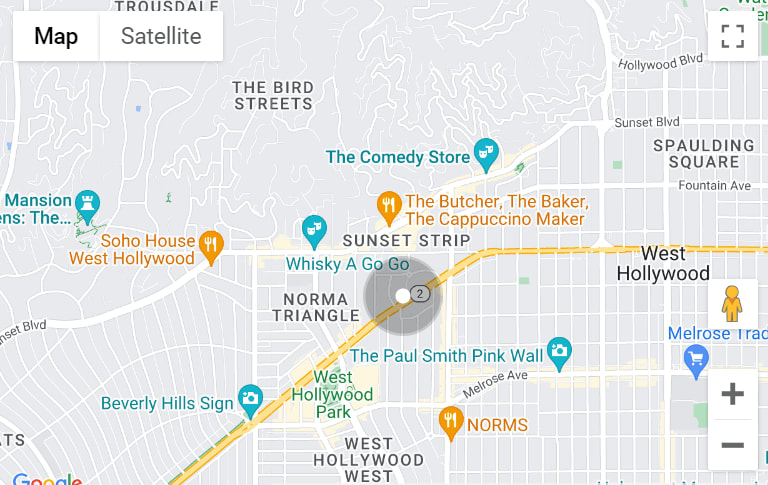One of the primary drivers of US inflation has been housing. And a big chunk of that has been driven by accelerated, more extreme migration patterns that emerged in 2020: People moving to a different state, city, suburb or town for a lower cost of living is probably one of the biggest drivers of this inflation. Here are some examples:
- A couple starting a family cannot find a 3-bedroom apartment in their city for under $1 million, so they head to the suburbs and find a house they love for $900,000. When faced with other bidders, they comfortably raise their offer to $1 million...that's inflationary. They used to use public transportation, but now buy two cars which fuels pricing on cars with bigger demand. And gasoline.
- A person retiring sells their big suburban house with renewed post-Covid demand, and moves to a warmer climate in the South. They are approaching their 'golden years', have lots of savings and want to move on with their lives, so why wait? They find a wonderful apartment asking $500,000.00 close to the beach but encounter multiple bidders and offer $600,000, all cash. More inflation.
- The person above decides they want to divide their time between TWO homes in two separate states: so they buy a second home, also at a more 'affordable price point' since they don't need 4 bedrooms with the kids all grown up, armed with cash from the sale of their paid-off home that they sold after paying down their mortgage over 30 years. That second home purchase reduces inventory, fueling pricing for 'regular' buyers as demand outstrips supply. More inflation.
- The new owner of a home in the Carolinas is used to spending with Boston budgets: everything feels relatively cheaper, so they may spend more and buy more. Higher demand fuels pricing upwards...inflation.
- With lots of new people in town, local governments have to build more roads, schools, utility lines, etc. They have to beef up healthcare, security, etc. Someone has to pay for this. Real estate taxes usually rise. More inflation.
- While all the above happens, the 'locals' start feeling the pinch, so they require bigger pay hikes to keep up with pricing. More inflation.
- Everything starts to cost more for everyone. So insurance rates rise too as replacement costs have jumped. More inflation.
While crazy inflation is more associated with places such as Argentina, Turkey, and Zimbabwe, the past three years have delivered a global surge, almost simultaneously. Now add in a flood of new out-of-country migrants that can further strain local resources. More inflation. Many towns and states are feeling the effects of their aggressive campaigns to lure out-of-towners to their area: the unintended consequence is that everything became more expensive for everyone, including those who were used to the lower cost of living.
The above is the DOWNSIDE of this migration. Usually, surges of all kinds are temporary. There are upsides. The biggest is the more consumers and workers, the more economic activity and growth. Building. Services. Spending. Tourism. Tax revenues. Jobs. The more people fill unfilled jobs, the less stress on raising wages. But all these things take time, sometimes years. And patience. US inflation is something that is averaged from all 50 states' contributions. Some states are fueling inflation significantly more than others. That is why we have the UNITED states: what one state does to the extreme is usually (hopefully) offset elsewhere. We suffer a bit together and we thrive together too.
